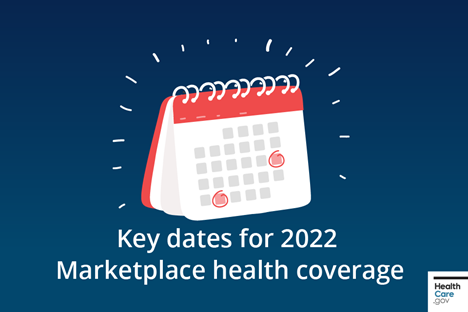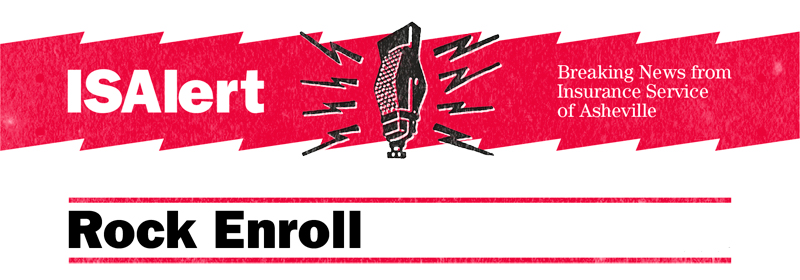
“Family Glitch” – Affordable Care Act
The Biden Administration issued a final regulation which eliminates the Affordable Care Act’s “family glitch”. Currently ACA affordability is based on the employee paid portion of the employee only rate for group health coverage. This does not account for the premium amount paid to cover additional family members. This means that many people with employer-sponsored group health coverage are paying far more for family coverage than the ACA’s affordability threshold, currently 9.61% of their household’s adjusted gross income.
Beginning January 1, 2023, if an employee’s cost for dependent coverage exceeds the ACA’s affordability threshold for 2023 9.12% then the affected dependents may be eligible for subsidized coverage through the Marketplace.
When can you get health insurance?
- November 1, 2022: Open Enrollment starts — first day you can enroll in, re-enroll in, or change a 2023 health plan through the Health Insurance Marketplace®. Coverage can start as soon as January 1, 2023.
- December 15, 2022: Last day to enroll in or change plans for coverage to start January 1, 2023.
- January 1, 2023: 2023 coverage starts for those who enroll in or change plans by December 15, 2022.
- January 15, 2023: Last day to enroll in or change a 2023 health plan. After this date, you can enroll in or change plans only if you qualify for a Special Enrollment Period.
- February 1, 2023: 2023 coverage starts for those who enroll in or change plans December 16, 2022 through January 15, 2023.
If you would like assistance in researching your individual / family health plan options including eligibility for ACA subsidies, please reach out to Debra Sale.
Debra Sale
dsale@isa-avl.com
828-350-3933









